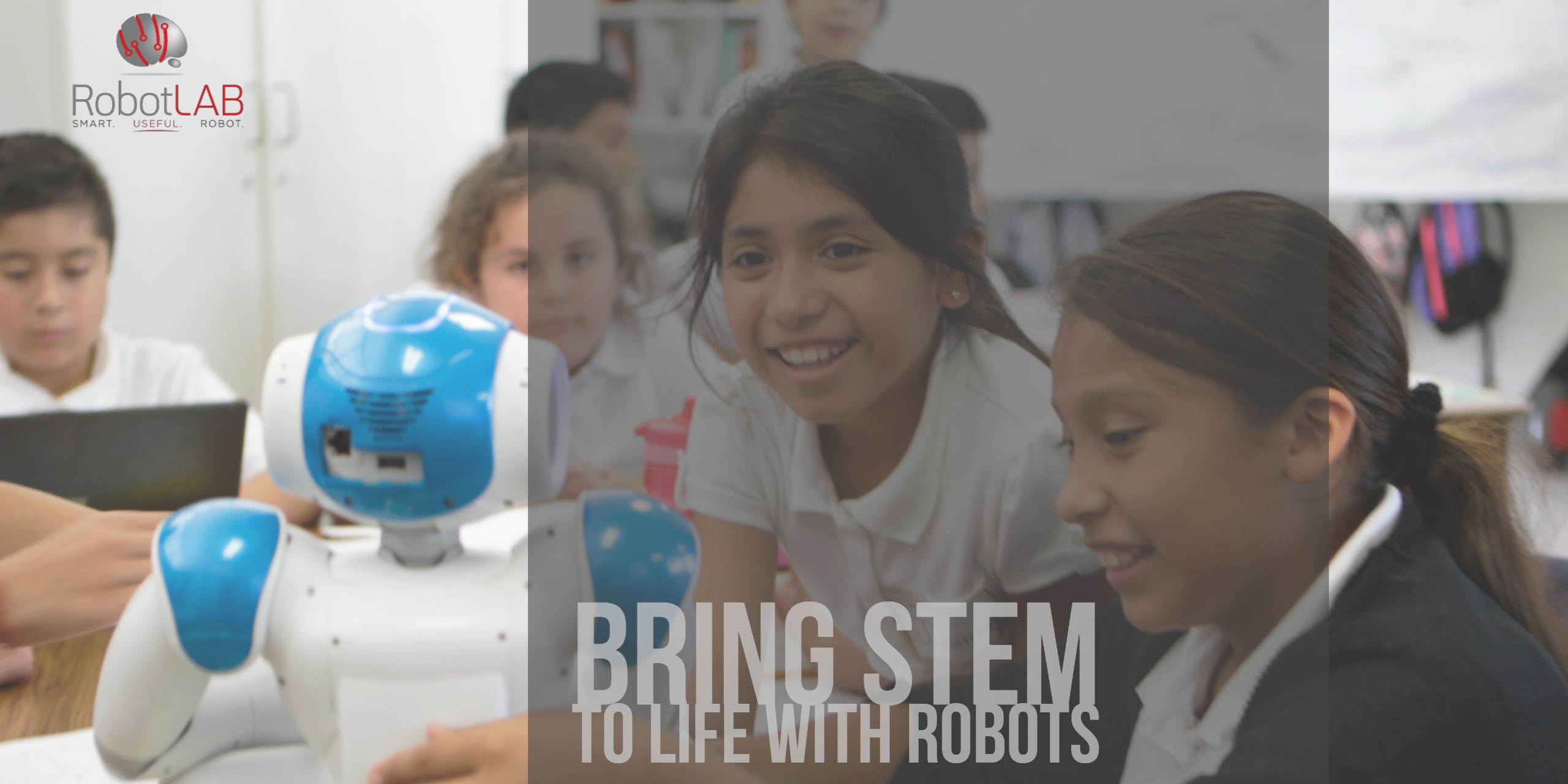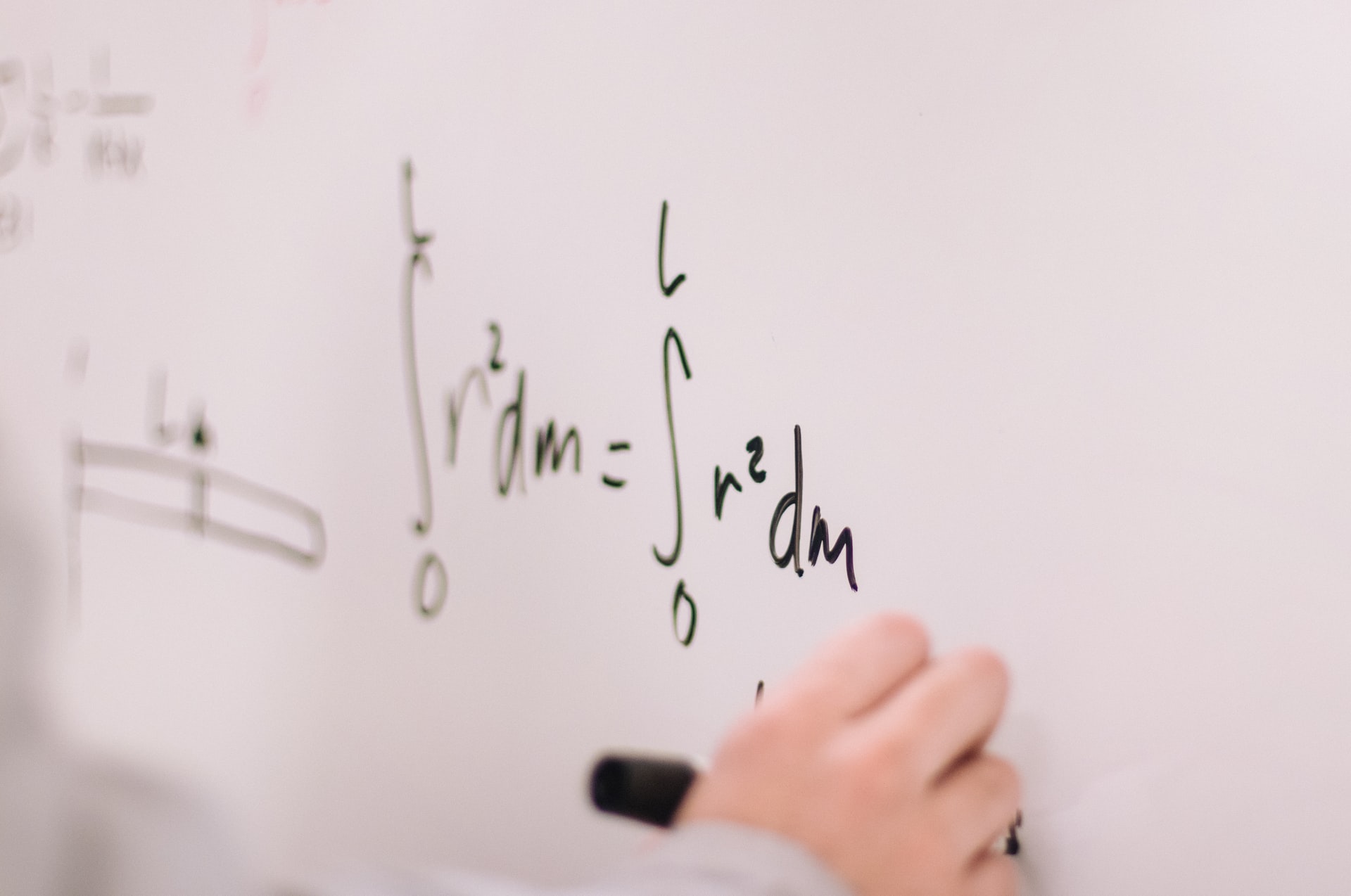Are you looking for ways to teach students to solve math problems that require math facts? If so, keep reading.
1. Give practice of math facts using an app or a hand-held educational device that gives instant feedback to the learner.
2. Give the learner many concrete experiences to help learn and remember math facts. Utilize popsicle sticks, tongue depressors, paper clips, buttons, etc., to form groupings to teach math facts.
3. Using the tracking method to help the student learn math facts, present a few facts at a time. As the learner shows success, slowly increase the number of facts, the learner must memorize.
4. Daily, examine those skills, ideas, tasks, etc., that have been previously introduced.
5. Praise the learner for improving retention of math facts: (a) give the learner a concrete reward (e.g., privileges such as leading the line, handing out learning materials, 10 minutes of free time, etc.) or (b) give the learner an informal reward (e.g., praise, handshake, smile, etc.).
6. Make the learner practice facts at home with flashcards, computer programs, or hand-held games.
7. Play class games to reinforce math facts (e.g., Bingo, Jeopardy, teacher-made games, etc.).
8. Teach the learner that subtraction facts are the inverse of addition facts. The same concept holds true for multiplication and division.
9. Utilize daily drill learning activities to help the learner memorize math facts (e.g., written problems, flashcards, etc.).
10. Utilize fingers to teach the learner to form addition and subtraction combinations. Get the learner to hold up fingers and add or subtract other fingers to find the correct answer.
11. Do not require the learner to learn more information than they are capable of learning at any time.
12. Utilize manipulative objects (e.g., pegboard, abacus, base ten blocks, etc.) to give a visual image when teaching the learner basic math facts.
13. Minimize the emphasis on competition. Competitive learning activities may cause the learner to hurry and make mistakes when solving math problems.
14. Consider using Alexa for the Math Classroom.
15. Try gamifying your math lessons.
Learn more about Math with RobotLAB!

RobotLAB is committed to bringing this technology to the students and enhancing their experience with tools that truly bring learning to life. Check our products ready for career readiness



